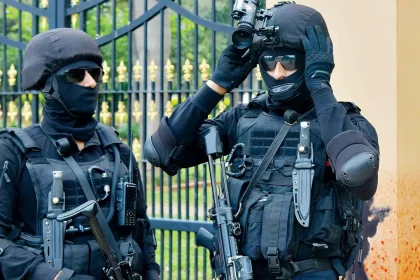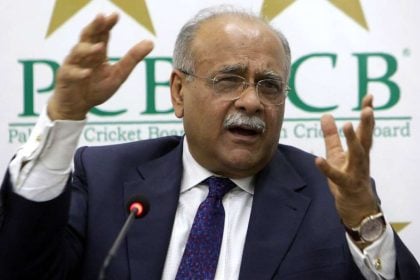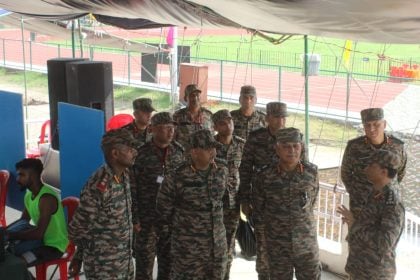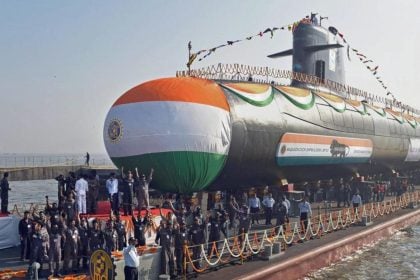IAF Flying Officer Salary Breakdown – Perks That Will Stun You!
The Indian Air Force (IAF) stands as a symbol of national pride and strategic capability, playing a pivotal role in…
10 Tricky SSB Questions for Repeaters (With Smart Answers!)
In the journey of preparing for the Services Selection Board (SSB) interview, candidates can often find themselves re-evaluating their strategies,…
How to Become a Navy Pilot – Full Guide to Indian Navy Flying Branch
Becoming a pilot in the Indian Navy is not just a career choice; it is a commitment to serve the…
‘Will Use Tactical Nuclear Weapons Against Indian Military on Our Soil If…’: Pakistan PM’s Aide Issues Threat
Najam Sethi warns of nuclear response in hypothetical scenarios involving India.
Lt Gen Ajay Chandpuria Reviews Agniveer Recruitment Rally in Ferozepur
Youth turnout reflects Punjab’s martial legacy and national security needs.
Centre Clears ₹70,000 Crore Submarine Deal, Negotiations to Begin Soon
Talks for six advanced submarines under Project 75(I) to start by month-end with German support.




